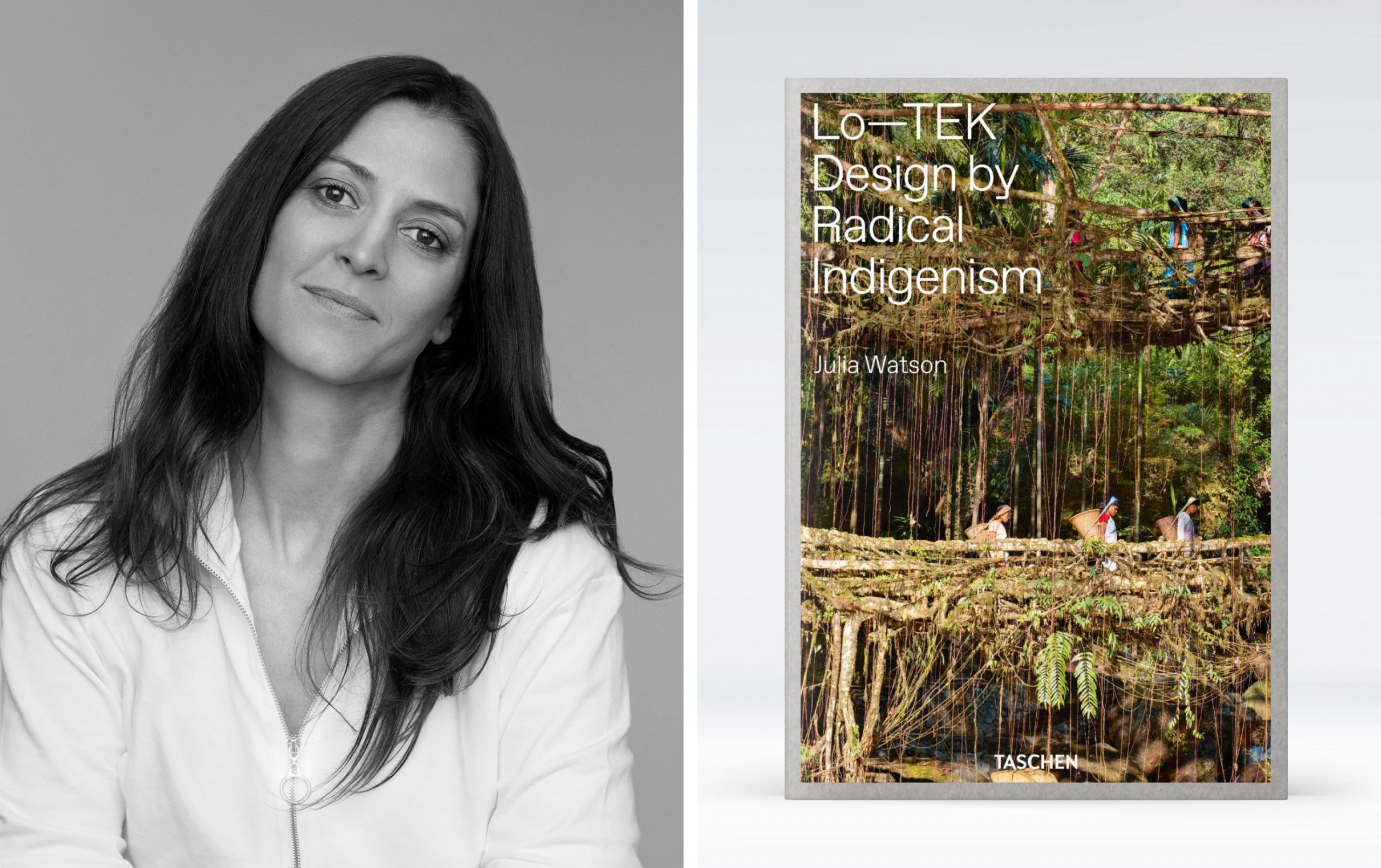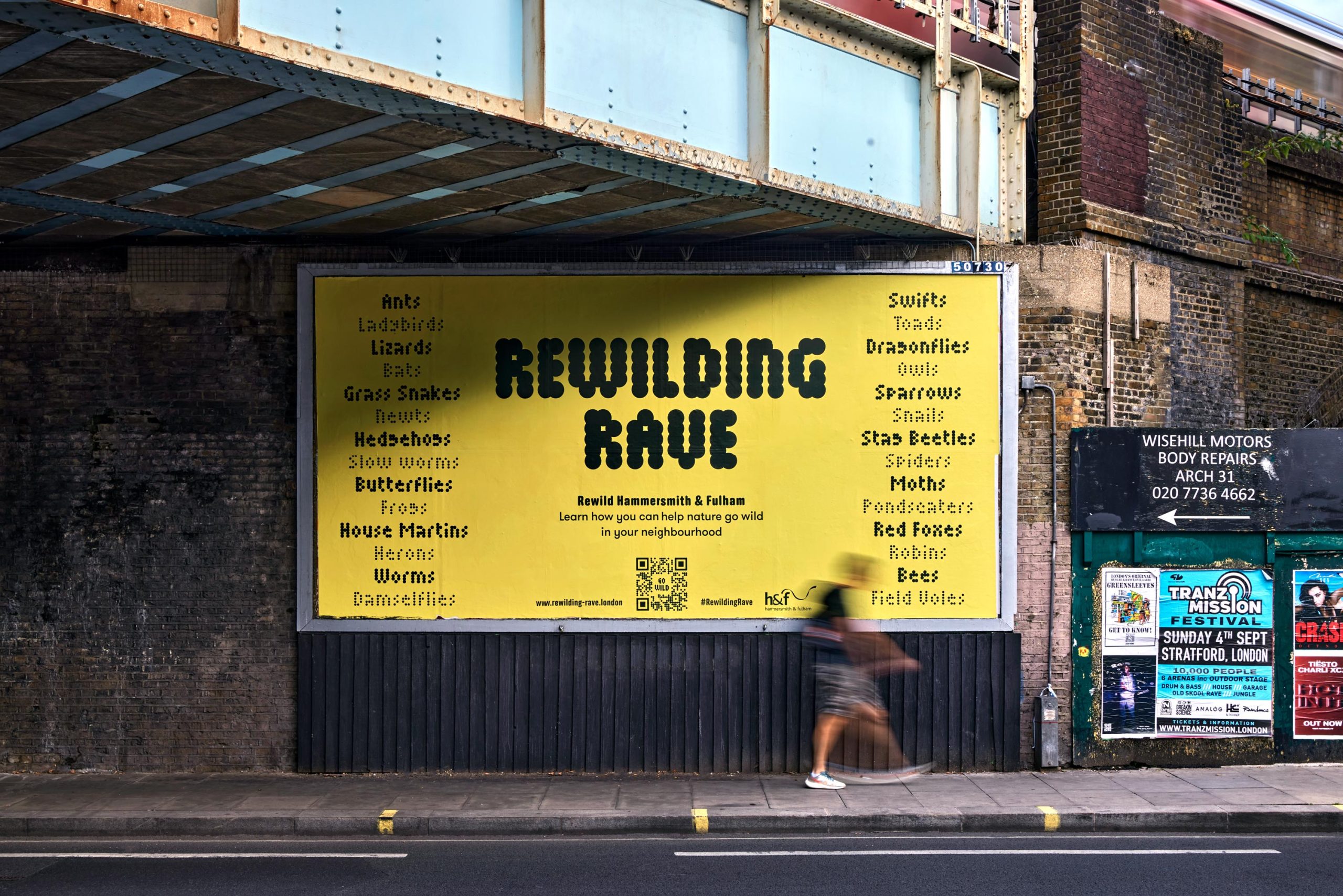As 2022 winds down, it’s time to reflect on a few key moments from the past year. For many of us in the creative industry, this was a year of starts and stops; marked by uncertainty, surprising growth, and the constant pull and push of a world seeking a ‘new normal’. All in all, it was a busy twelve months for What Design Can Do, as we returned to the festival circuit with the tenth edition of WDCD Live in Amsterdam, launched the global Make it Circular Challenge, and even joined our first UN Climate Change Conference.
We also started a written submissions platform back in January, which meant a lot of fresh voices on the blog, and kicked off a few new series, including an advice column that features a rolling cast of designers we admire. In our most popular articles, there were a couple of themes that seemed to rise to the top: like the desire to slow down and examine design’s infatuation with newness, or its relationship with nature. In case you missed them, here are a few of our absolute favourites, as picked by our readers and editors.
MOST-READ IN 2022
Goodbye Quick Fixes, Hello Long-Term Solutions
Most things today are designed to be cheap, convenient — but quick to expire. Just think about the planned obsolescence of your smartphone, the fleeting shelf-lives of your groceries or the single-use pods in your coffee maker. This is one reason why circularity has been a key topic at WDCD this year, and why we recently published a three-part series exploring what it might look like in practice. The first piece digs into how to make things that are adaptable and long-lasting, exploring how pioneers like Overtreders W and Everloop are working to extend the life-cycles of their designs.

How to Live — and Build — in Symbiosis with Nature
In the run-up to our live event in Amsterdam, we had the pleasure of talking to designer Julia Watson about her research into ancient ways of living, knowing and building. We discussed her bestselling book, LO-TEK: Design by Radical Indigenism, which documents the many overlooked ecological innovations built by Indigenous communities around the world. From living root bridges that can withstand floods, to sunken garden beds that thrive in the desert, many of the examples we spoke of also offer valuable lessons about climate resilience. Knowing this, we’re not surprised that Julia’s interview struck a chord with our readers, and became one of our most bookmarked of the whole year.

When Innovation Meets Ancestral Materials
After launching our call for stories early in the year, we’re thrilled to report that we’ve gone on to publish a dozen original submissions from contributors around the world. Writer Eduarda Bastian started us off with a thoughtful essay exploring the designer’s responsibility when it comes to working with local, natural materials like hemp, flax and nettle. She also shared her thoughts on why care and collaboration are essential considerations when working with cultural heritage. There’s a lot to like about this article, but we especially appreciate Eduarda’s perspective on innovation as a collaborative practice.
EDITOR’S PICKS
Taina Campos on Sisterhood, Tamales and Tomorrow’s Materials
We’ve been big fans of Taina Campos for a while, so we had to shout-out our recent interview with the Mexican designer about her work on biomaterials. During our conversation, Taina gave us a glimpse into her creative process, and spilled the beans on how she developed a new kind of packaging using a byproduct of corn — one of the most abundant and regenerative plant species in Mexico. Presented by the Make it Circular Challenge, this article is the second in a limited series exploring different perspectives on circularity from around the world — you can see them all here.

Eat, Sleep, Rave, Rewild
It’s safe to say that rewilding is having a moment, and this pick celebrates a vibrant campaign by Fieldwork Facility which exemplifies why. Rewilding Rave was launched in London this summer to encourage city-dwellers to plant green and wet spaces around their homes and neighbourhoods. Using clever copy and tongue-in-cheek design, the campaign makes one thing very clear: ‘To tackle the climate emergency, we must make more space for nature.’

Ashley Phillips and Miro La Flaga on Putting Purpose Over Profit
In September, we launched a new series wherein we ask different creatives your career questions about how to build (and maintain) a meaningful practice. First up in the hot seat were Ashley Phillips and Miro LaFlaga: two mavericks who are making waves in the Montréal design scene. The couple are co-founders of Six Cinquieme, an up-and-coming creative agency that has inclusion and innovation as its north star. Revisit this article to catch some seriously good advice about dealing with doubt, finding the right clients, and navigating the industry as a Black creative.


